Behind the iPhone Software 2.0.2 fix to reduce dropped calls
The recent iPhone 2.0.2 software update addressed a problem with the iPhone 3G's power control that was causing dropped calls, according to a new report.
The cited source said, “In [AT&T 3G] UMTS, power control is key to the mobile and network success. If the UE [phone set] requires too much downlink power then the base station or Node B can run out of transmitter power and this is what was happening. As you get more UEs on the cell, the noise floor rises and the cell has to compensate by ramping up its power to the UEs.â€
“The power control issue will also have an effect on the data throughput," the source said, "because the higher the data rate the more power the Node B transmitter requires to transmit. If the UEs have poor power control and are taking more power than is necessary then it will sap the network’s ability to deliver high speed data.â€
The source added that the issue had compelled AT&T to send iPhone 3G users an SMS text message about the availability of the new iPhone 2.0.2 software, and that, "In a mixed environment where users are running 2.0, 2.0.1, and 2.0.2, the power control problems of 2.0 and 2.0.1 will affect the 2.0.2 users.â€
Steve Jobs separately emailed one user with a tersely worded intent to fix unrelated problems in the iPhone's higher level software that concern instability and crashing in third party apps, writing, "This is a known iPhone bug that is being fixed in the next software update in September."
 Prince McLean
Prince McLean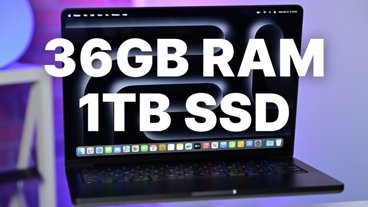
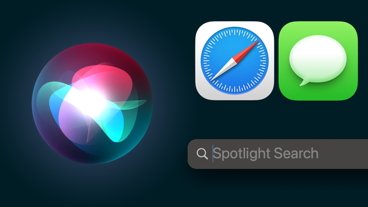


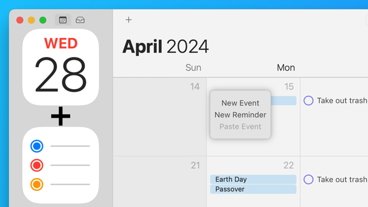
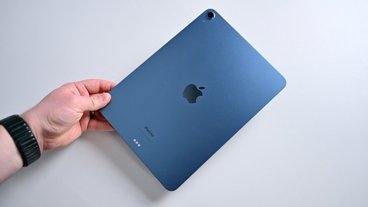

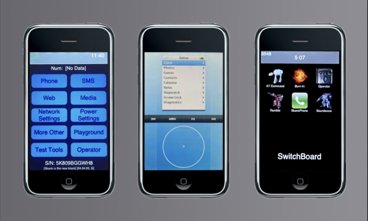
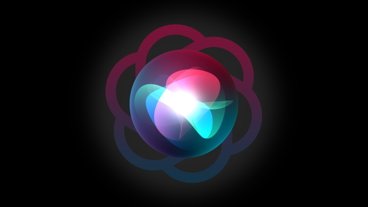
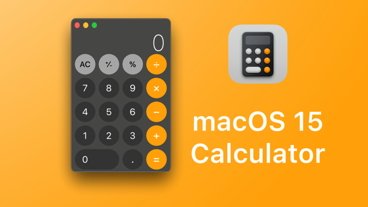

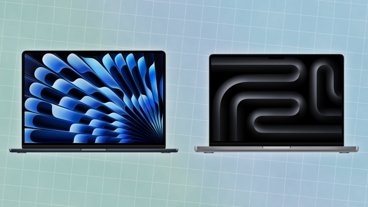
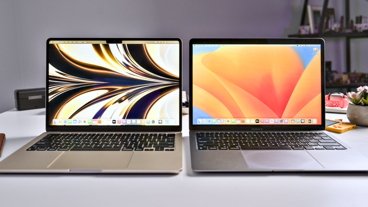
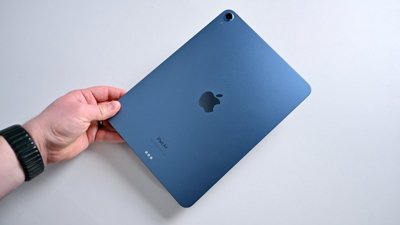
 Andrew Orr
Andrew Orr
 Malcolm Owen
Malcolm Owen
 Christine McKee
Christine McKee
 Chip Loder
Chip Loder

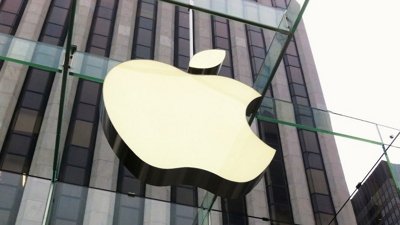
 William Gallagher
William Gallagher

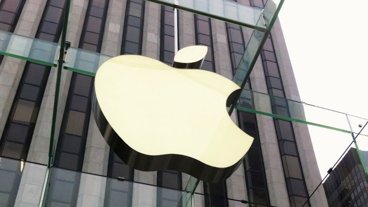
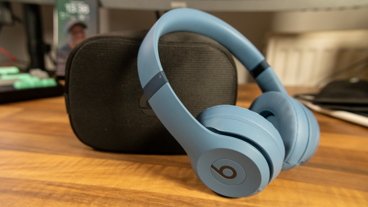
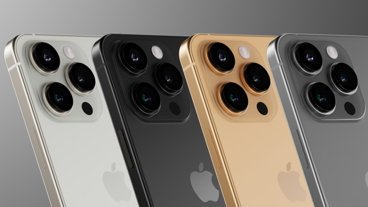
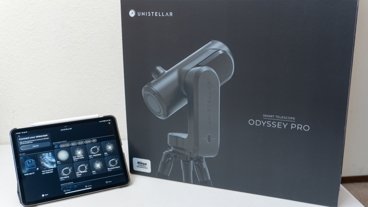
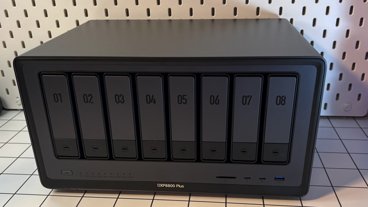
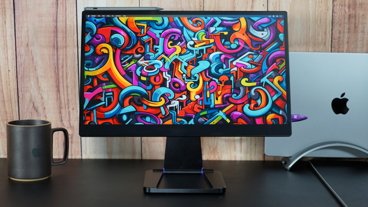

37 Comments
What came first - the chicken or the egg?
Is it Apple or is it AT&T...?
Is it AT&T or is it Apple...?
I'm surprised that handsets are able to dictate to the tower how much power to send out. It seems like a malicious device could be constructed from this idea.
While interesting from a technical stand point this doesn't solve all of iPhone's cell problems. It is a good machine but needs a lot of work to turn it into a great machine.
Dave
I'm surprised that handsets are able to dictate to the tower how much power to send out. It seems like a malicious device could be constructed from this idea.
That is the whole principle of CDMA which UMTS and HSDPA are based off of. The analogy is if your in a crowded room and everyone is talking to everyone else in the room, you need to either be closer to the person your talking to or speak louder than everyone else.
The whole principle behind CDMA is that everyone speaks to the tower at the same level and they "decode" your message with a unique encoding scheme for you.
Power control works both ways. The network tells the device to power up or down based on how loud it is and the network will power up to the level required to speak to the particular user. That is why signal bars do not mean signal strength as much as they mean the quality of the signal. If you have a low signal but there is no one else near the site or there is little noise, then the through put will be good and the call will be good. You may also be standing directly in-front of a cell site
and have poor signal quality if the site is full or there is a phone miss behaving on the network (Jamming the site). This is why you can be standing perfectly still and the signal level changes over time, as users attach to the site and detach, the quality can change dramatically.
Steve Jobs separately emailed one user with a tersely worded intent to fix unrelated problems in the iPhone's higher level software that concern instability and crashing in third party apps, writing, "This is a known iPhone bug that is being fixed in the next software update in September."[/QUOTE]
I'm not sure why this quote keeps being "labeled" as "tersely worded"? It sounds pretty benign to me, and "just the facts". I suppose it's all in how you "read" into it . . . <smile>.
Jon